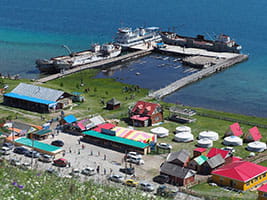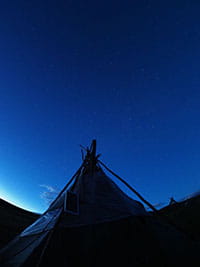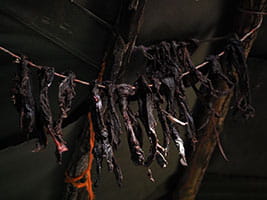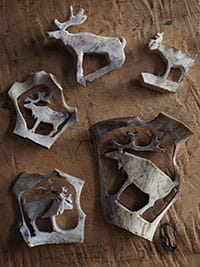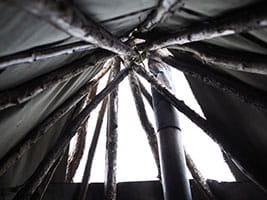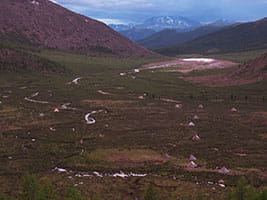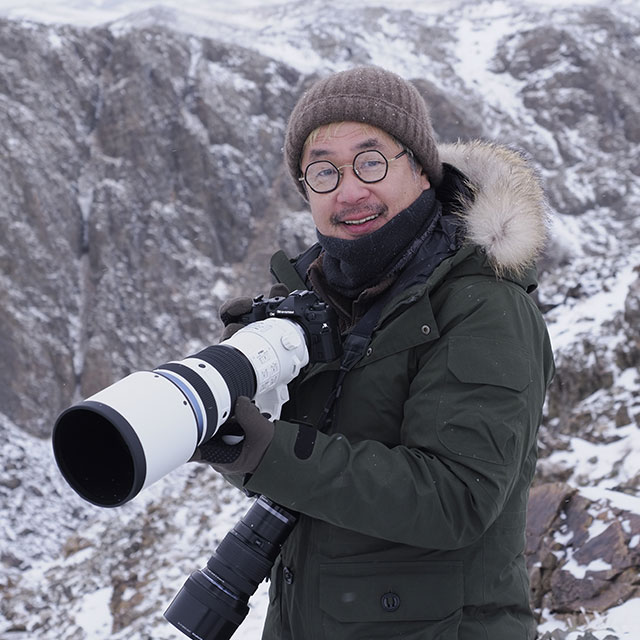
Tetsuro Shimizu

Tetsuro ShimizuJapan
Born in Yokohama City in 1975. After graduating from the Nippon Photography Institute, Shimizu worked as an assistant to photographer Toshinobu Takeuchi for three years and then began freelancing at 23. Active in a wide variety of genres including nature to snapshots and documentary photos with a unique point of view. His photo collections include CHANGE, New Type, Otamajakushi Genetic Memory (Tadpoles’ Genetic Memory), Wadachi (Track), Tokyo Karasu (Tokyo Crows), and the photo essay Umatabi - Mongoru 20 Nenkan Shuzai Shita Shashinka no Kiroku (Journey on Horseback - The Journal of a Photographer Covering Mongolia for 20 Years). Holds many individual exhibitions. Main awards include the 1st Yonosuke Natori Photography Award, the 2014 Photographic Society of Japan Newcomer’s Award, and the 2016 Sagamihara Photography Newcomer Honorable Mention Award. He is a director of the Japan Professional Photographers Society and a part-time lecturer in the Department of Photography, College of Art, Nihon University.
My lifework of photography in Mongolia spans 19 years. Despite its landmass nearly four times the size of Japan, I have visited almost every corner of the country. However, I had never visited Taiga (a coniferous forest region), an area in the northernmost part of the country. This area is home to a secluded group of reindeer herders, and is so far away that it is absolutely the most difficult place to shoot, requiring a number of troublesome means to finally reach my destination.
The most difficult part of the journey was travelling on horseback. With all of my equipment on my back, I crossed rivers, wetlands, scree, and many mountains. But when I arrived I was amazed at the richness of the natural environment, and I had never seen anywhere so beautiful. Daytime is hot with temperatures dropping so low from night to dawn that you can see your own breath. It rained day after day in Taiga, the only humid area in the country. The E-M1 Mark II and PRO lens series offered no trouble whatsoever despite the differences in temperatures and constant rainwater.
Thanks to the 5-axis image stabilisation, almost all of my shots were handheld. The only time I decided use a tripod was to capture night sky shots and for High Res shots. I truly felt that I was saved by my equipment this time. I brought the new 12-100mm 1:4.0 IS PRO and 25mm 1:1.2 PRO. I particularly liked the 25mm 1:1.2 PRO. I liked the focal length, but it also offers a brightness I’ve never experienced before which opened up new shooting opportunities. Subjects I focused on stood out beautifully with background defocusing effects I’d never imagined. It is also good at pan focusing. I think this lens will be useful in many creative shots to come.
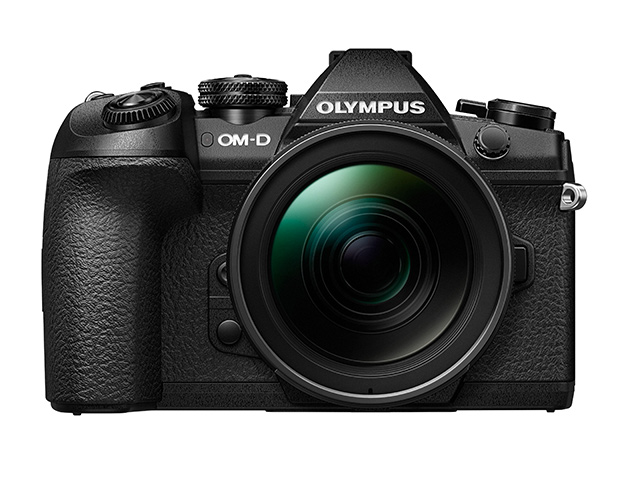
OM-D E-M1 Mark II
Revolutionary speed and accuracy take your photography to a whole new level. The weathersealed E-M1 Mark II is one of Olympus’ fastest and most precise cameras ever, designed to be more powerful and portable than any DSLR.


